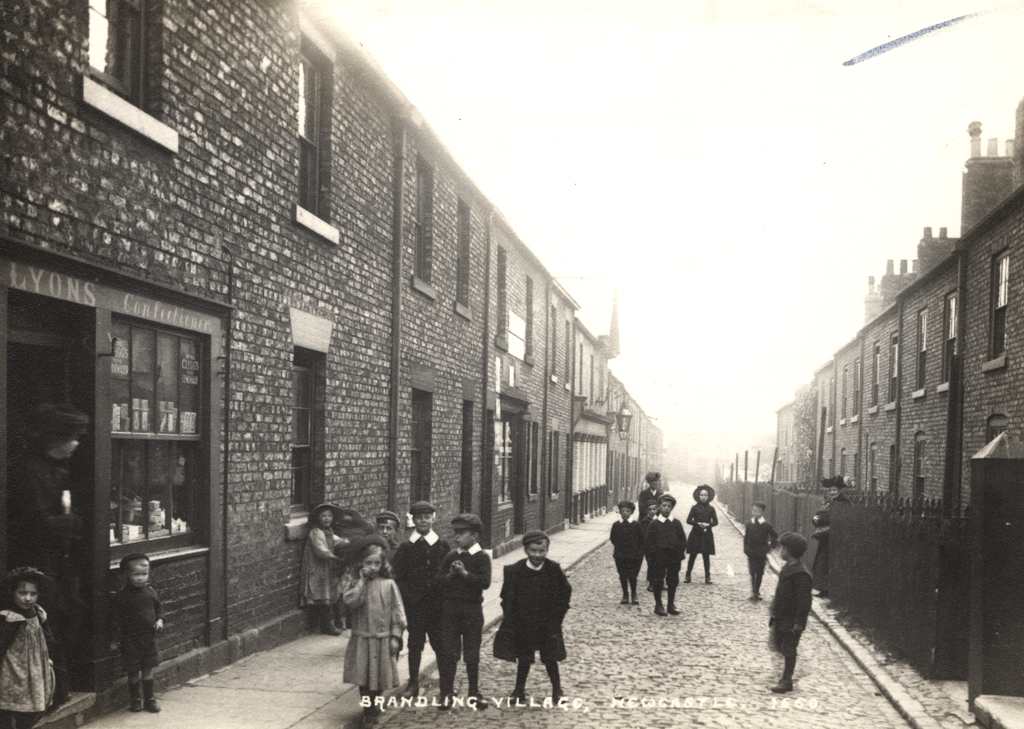
Brandling Village Conservation Area
Brandling Village Conservation Area
HER Number
11382
District
Newcastle
Site Name
Brandling Village Conservation Area
Place
Brandling Village
Map Sheet
NZ26NW
Class
Domestic
Site Type: Broad
Settlement
Site Type: Specific
Village
General Period
20TH CENTURY
Specific Period
Late 20th Century 1967 to 2000
Form of Evidence
Documentary Evidence
Description
Brandling Village Conservation Area was designated in 1976 as an excellent example of a Victorian and Edwardian suburb developed between 1820 and 1920. Within it there are 36 grade 2 listed buildings. Brandling Village contains some of the best examples of late Georgian, Victorian and Edwardian domestic architecture in Newcastle. They range from polite Georgian residences to workers cottages. The western side of the conservation area is soft landscaped open space - school playing fields, Brandling Park (HER 9888) and St. Andrew's Cemetery (HER 5246). There are three mid Victorian Institutional developments - the Northern Counties School for the Deaf (HER 9901), the former Princess Mary Maternity Hospital (HER 9068 and 9893) and the Fleming Memorial Hospital (HER 9055). The later C19 Jesmond United Reform Church (HER 9090) and Newcastle Church High School (HER 9892). C19 residential terraces Brandling Park (HER 8871) and Abbotsford Terrace (HER 10084). To the east of Brandling Village are predominantly mid Victorian to early C20 residential terraces, simple in design with a strong architectural integrity and uniformity. In 1820 the development of Brandling Village first began on land belonging to Robert Warwick. Terraced cottages were built for employees of the Jesmond coal mines along either side of the High Street, south of Clayton Park Square and along South and East Front. Brandling Place and Brandling Place South (HER 8874, 9016, 9163) were built along with cottages linking the Great North Road to Burdon Place. From the mid C19 Brandling Village changed from a semi-rural development to one surrounded by planned suburban development of terraced housing for middle class families. By 1860 Brandling Park (HER 9888) and its bowling green (HER 10818) had been laid out along with St. Andrew's Cemetery (HER 5246). The three charitable institutions were built on the edge of the Town Moor. Jesmond United Reform Church (HER 9090) was built in 1888 and Church High School (HER 9892) in 1890. Jesmond Parish Church (HER 8994) was built in the late 1850s. The late Victorian Eskdale and Eslington Terraces were given impetus by the development of the Blyth and Tyne Railway and the horse-drawn tram service on Osborne Road which was in service by the 1880s.
Easting
425080
Northing
565820
Grid Reference
NZ425080565820
Sources
Newcastle City Council, Brandling Village Conservation Area Character Statement; Alan Morgan, 2010, Jesmond from mines to mansions, page 33